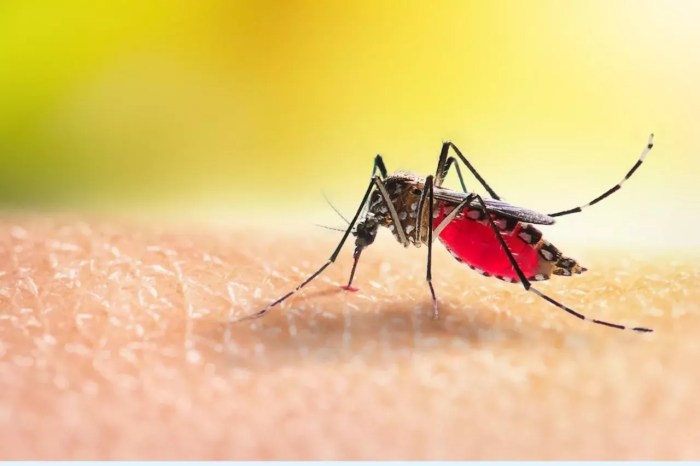What is sloth fever? This enigmatic condition, also known as Bradypus fever, is a rare and potentially debilitating illness transmitted by sloths. Despite its intriguing name, sloth fever is a serious infection that can cause a range of symptoms, from mild discomfort to life-threatening complications.
Caused by bacteria or viruses carried by sloths, sloth fever is primarily transmitted through bites or scratches from these arboreal creatures. The disease can also be contracted through contact with sloth feces or urine. Once infected, individuals may experience fever, chills, muscle aches, and fatigue.
In severe cases, sloth fever can lead to organ damage, meningitis, and even death.
What is Sloth Fever?
Sloth fever is a tropical disease caused by a group of bacteria called Bartonella. It is characterized by fever, chills, and muscle pain, and is transmitted through the bite of an infected sandfly.
Definition and Description, What is sloth fever?
Sloth fever, also known as bartonellosis, is a bacterial infection caused by various species of Bartonellabacteria. It primarily affects humans and some animals, particularly sloths, from which the disease derives its name.
The scientific classification of sloth fever falls under the domain Bacteria, phylum Proteobacteria, class Alphaproteobacteria, order Rhizobiales, family Bartonellaceae, and genus Bartonella. Within the genus, different species of Bartonella, such as B. bacilliformisand B. quintana, are known to cause sloth fever in humans.
Causes and Transmission

Sloth fever is primarily transmitted through the bite of an infected sandfly, specifically female sandflies of the genus Lutzomyia. These sandflies acquire the Bartonellabacteria from infected animal reservoirs, such as sloths, rodents, and cats.
When an infected sandfly bites a human, the bacteria are transmitted into the skin through the bite wound. The bacteria then enter the bloodstream and spread throughout the body, causing the characteristic symptoms of sloth fever.
Symptoms and Clinical Signs

The symptoms of sloth fever typically appear 1-3 weeks after the bite of an infected sandfly. The most common symptoms include:
- Fever
- Chills
- Muscle pain
- Headache
- Nausea
- Vomiting
In severe cases, sloth fever can lead to complications such as liver failure, kidney failure, and meningitis.
Diagnosis and Laboratory Findings
The diagnosis of sloth fever is based on clinical symptoms and laboratory findings. Blood tests can detect antibodies against Bartonellabacteria, confirming the diagnosis.
Other diagnostic methods include:
- Polymerase chain reaction (PCR) to amplify and detect BartonellaDNA in blood or tissue samples
- Serological tests to detect antibodies against specific Bartonellaspecies
- Culture of Bartonellabacteria from blood or tissue samples
Treatment and Management

The treatment for sloth fever typically involves antibiotics, such as doxycycline or erythromycin. The duration of treatment depends on the severity of the infection and the patient’s response to therapy.
Supportive care is also important, including rest, fluids, and pain relievers.
Epidemiology and Distribution
Sloth fever is found in tropical and subtropical regions of the world, particularly in South America, Central America, and parts of Africa and Asia. It is most common in areas where sandflies are abundant.
The prevalence of sloth fever varies depending on the region and the presence of infected animal reservoirs.
Prevention and Control Measures
Preventive measures for sloth fever include:
- Avoiding areas where sandflies are known to be present
- Using insect repellent containing DEET or picaridin
- Wearing long sleeves and pants when in areas with sandflies
- Using bed nets treated with insecticide
Controlling the population of sandflies and reducing contact with infected animals can also help prevent the spread of sloth fever.
Conclusion
Understanding sloth fever is crucial for travelers venturing into sloth habitats and individuals working with these animals. By recognizing the symptoms, transmission routes, and preventive measures, we can effectively mitigate the risks associated with this unique infection.
FAQ Insights: What Is Sloth Fever?
How common is sloth fever?
Sloth fever is a relatively rare condition, with only a handful of cases reported worldwide.
What are the symptoms of sloth fever?
Symptoms of sloth fever can vary depending on the causative agent but typically include fever, chills, muscle aches, fatigue, and headache.
How is sloth fever treated?
Treatment for sloth fever depends on the underlying cause and may include antibiotics, antiviral medications, and supportive care.
Can sloth fever be prevented?
Preventive measures for sloth fever include avoiding contact with sloths, wearing protective clothing when working with these animals, and practicing good hygiene.